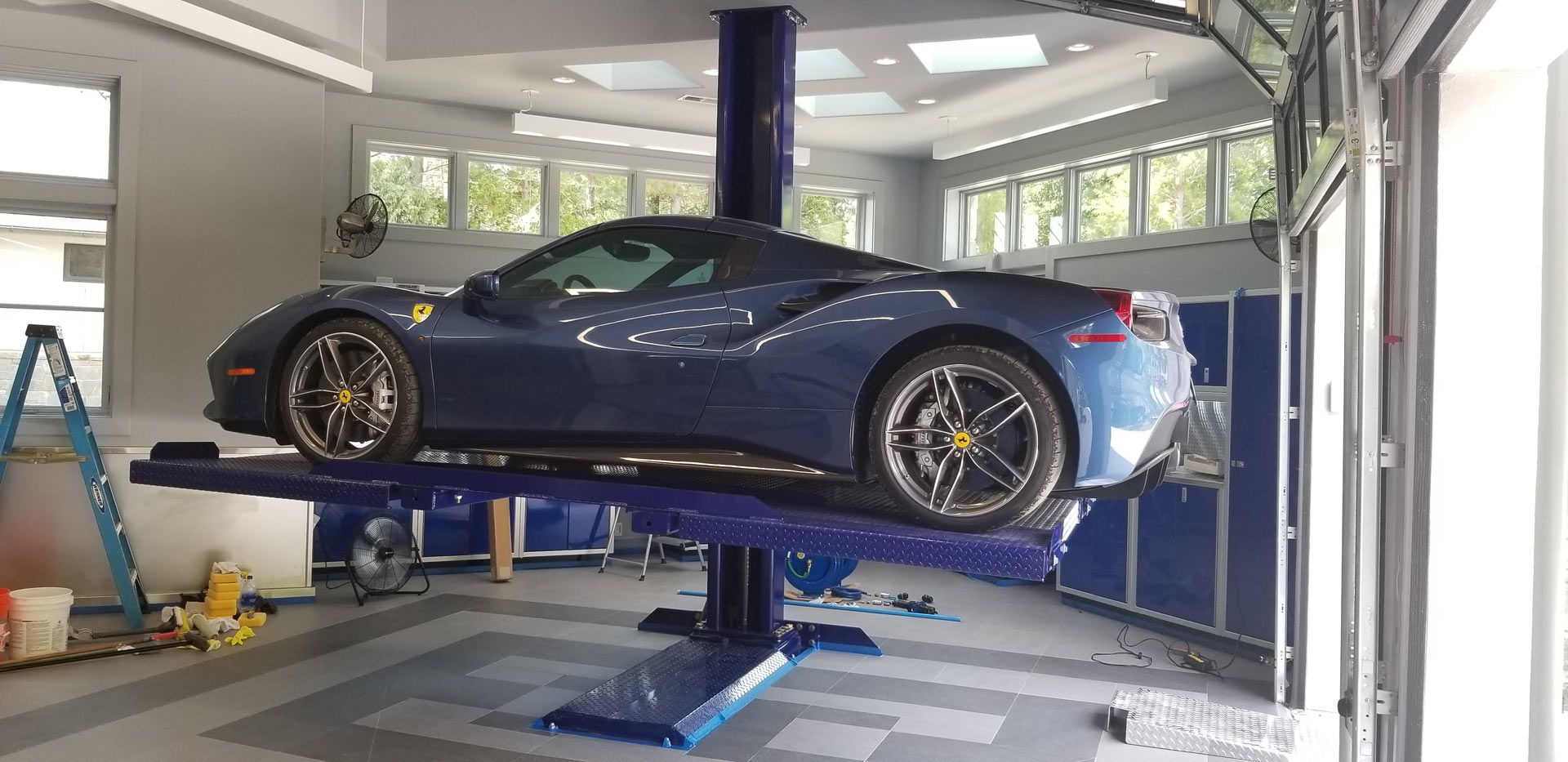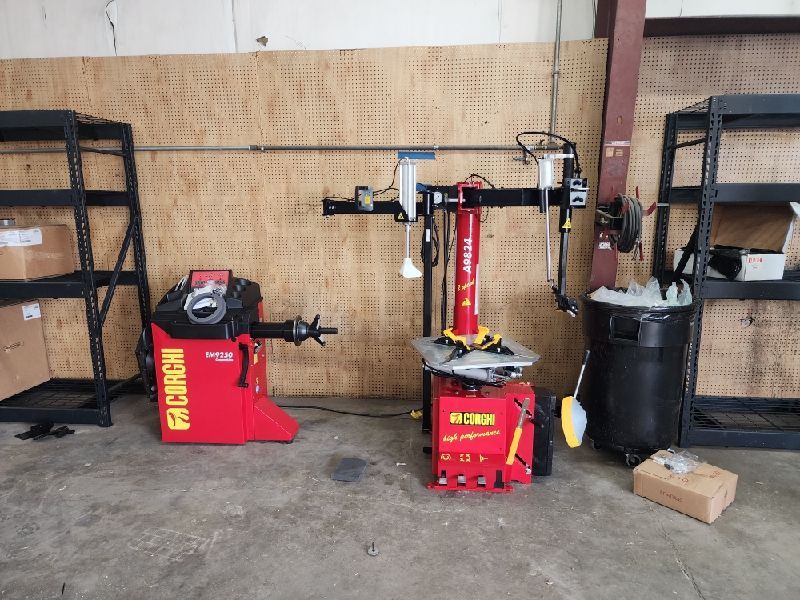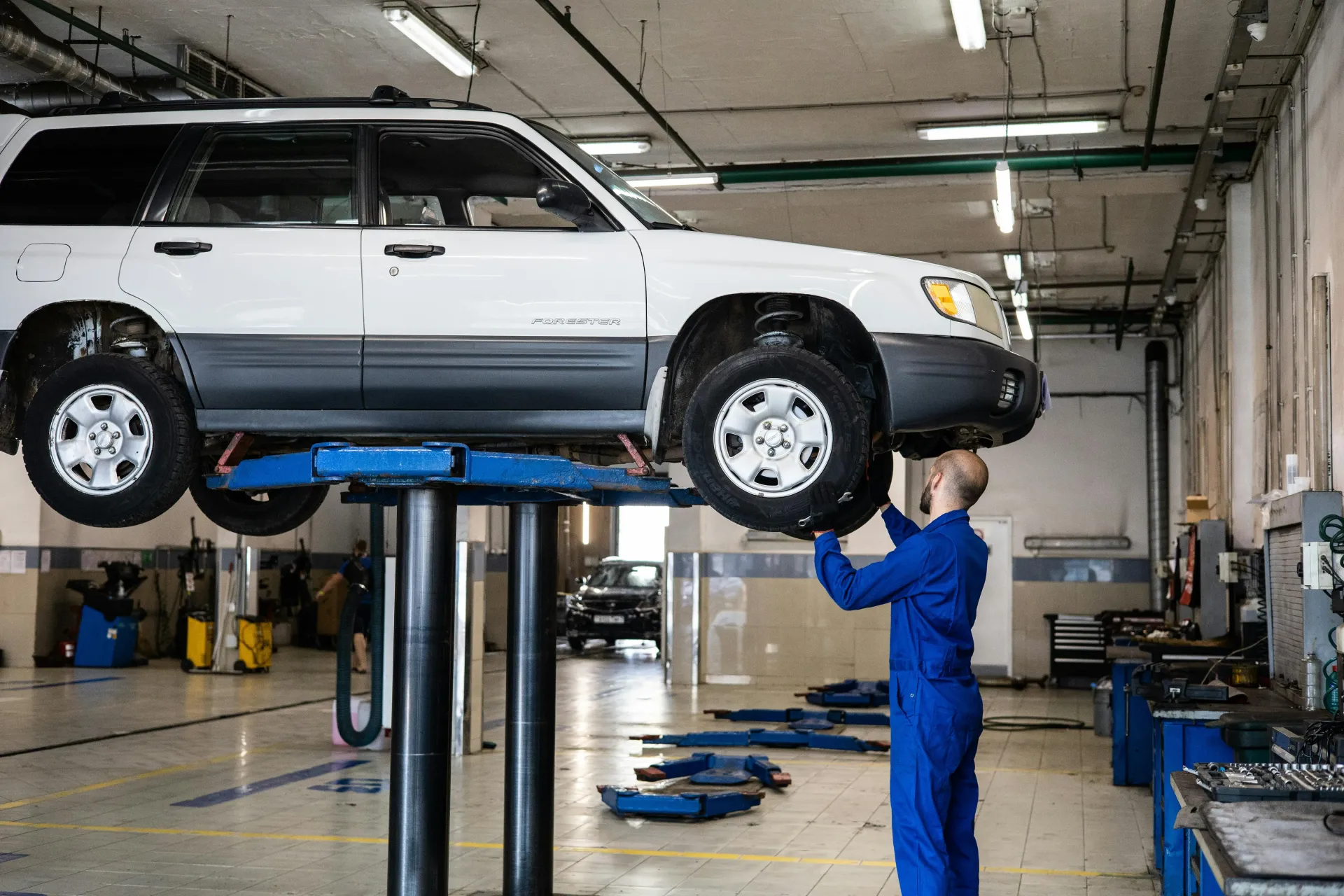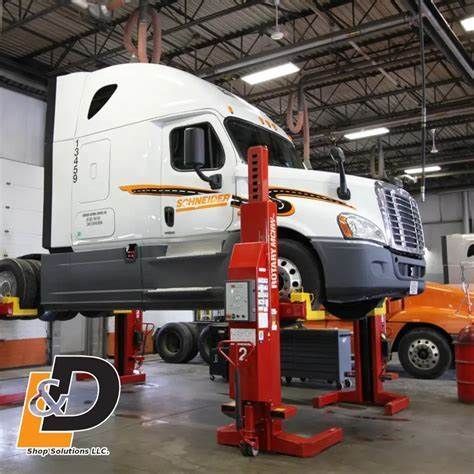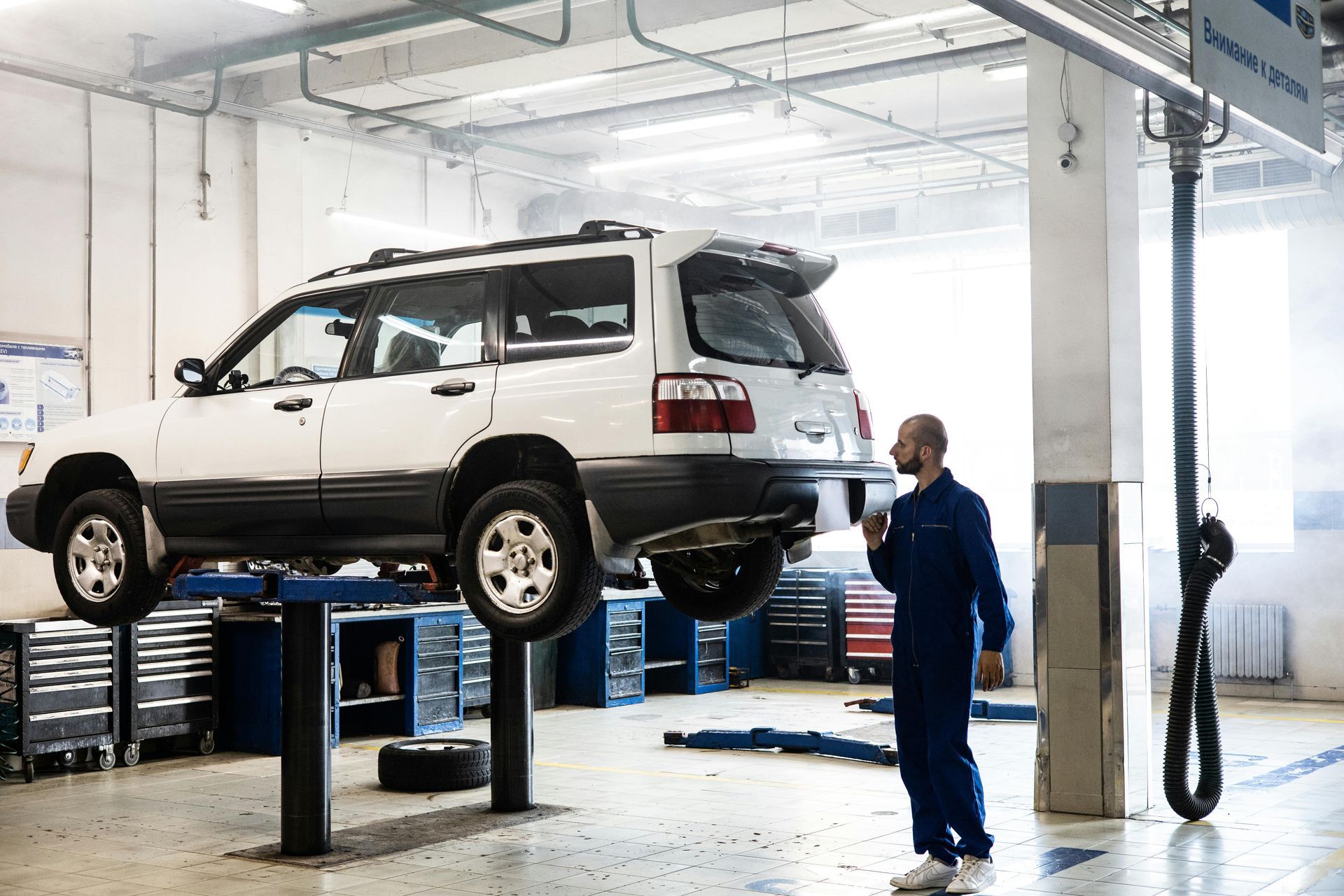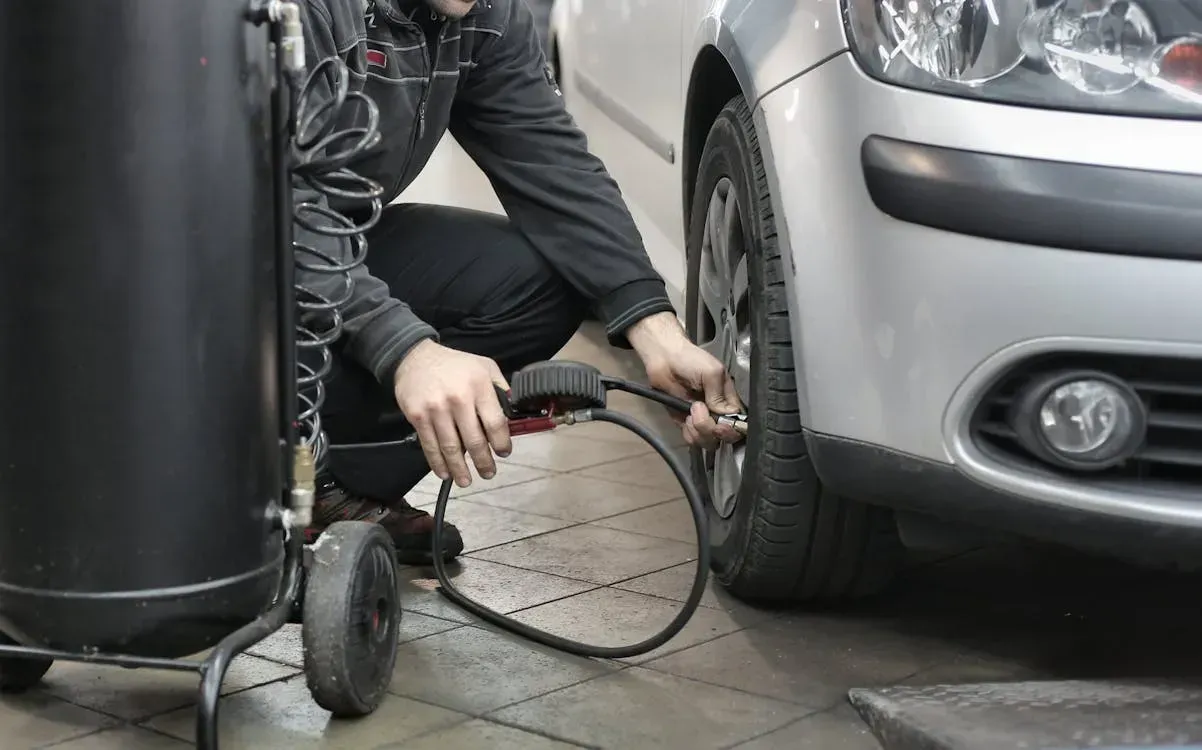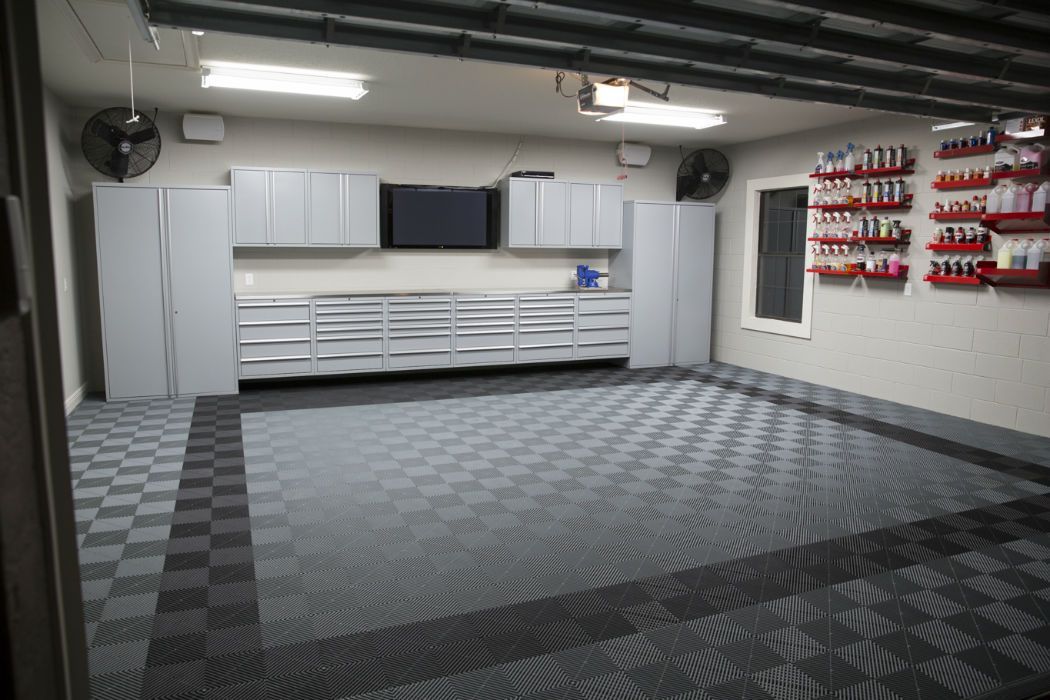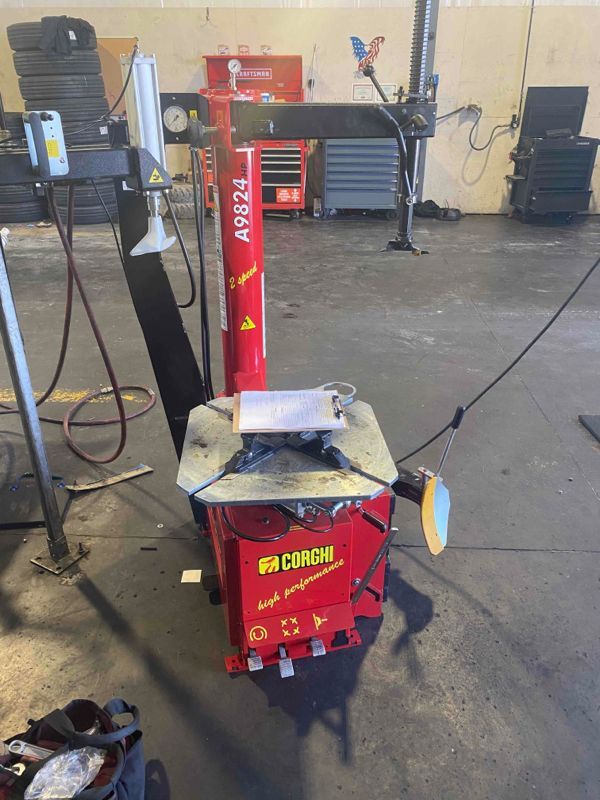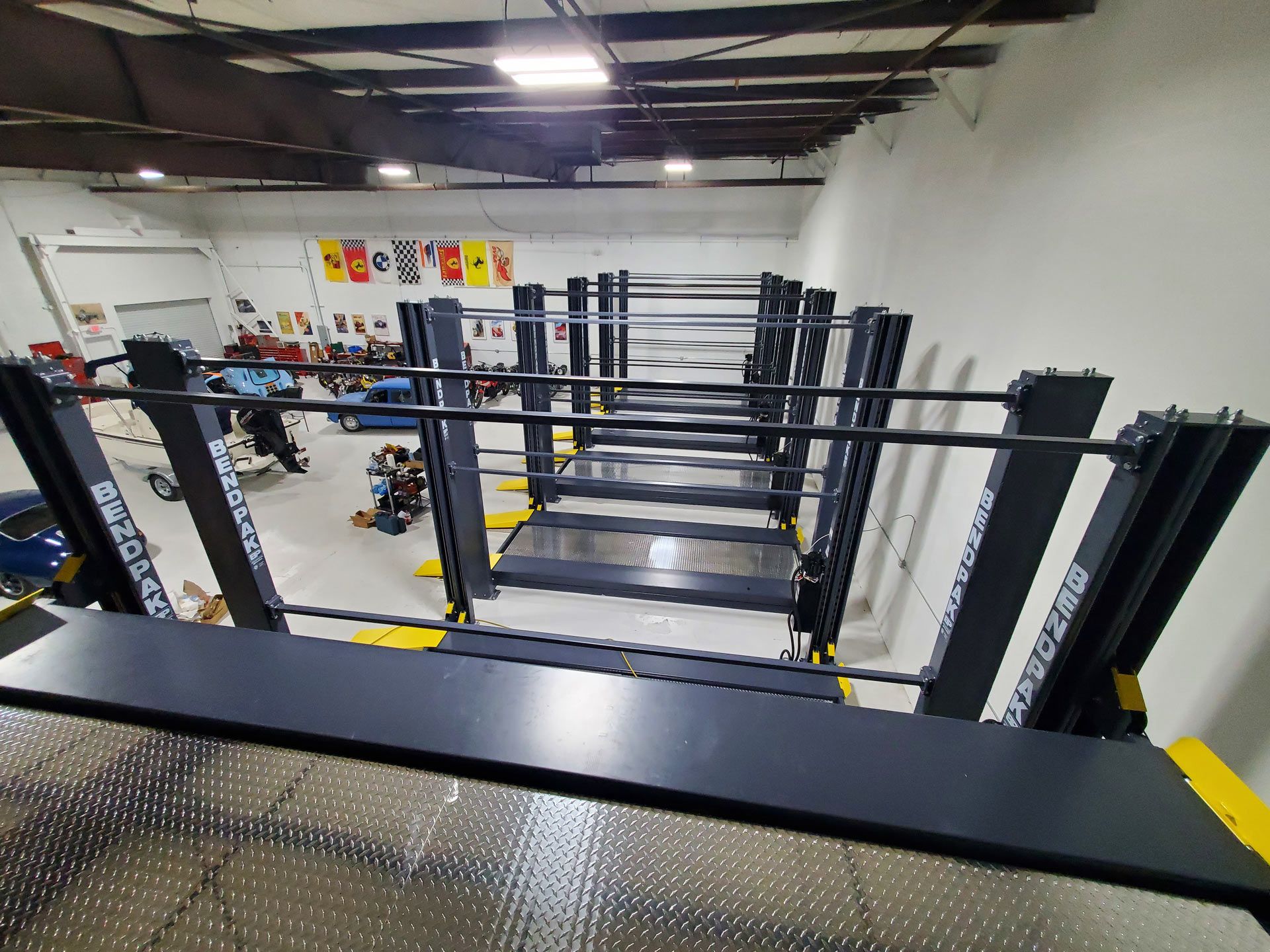How a Properly Designed Compressed Air System Can Save Your Auto Shop Thousands
September 12, 2025
Introduction
Every automotive shop in Angier, NC relies on compressed air — it’s the backbone of daily operations. From powering pneumatic tools and tire inflators to spray guns and lifts, air systems keep everything running efficiently.
Yet, many shops unknowingly waste thousands of dollars each year due to poorly designed or neglected compressed air systems. Air leaks, pressure drops, and inefficient layouts don’t just slow down technicians — they drive up energy costs and shorten equipment life.
This article explains how a properly designed compressed air system can reduce your expenses, improve productivity, and protect your investment.
Understanding the Role of Compressed Air in Auto Shops
Compressed air isn’t just another utility — it’s a form of power. In most shops, it’s as critical as electricity. When the system isn’t designed or maintained correctly, it becomes one of the largest hidden costs in the business.
A well-optimized air system delivers:
- Consistent pressure for tool performance
- Energy efficiency that lowers monthly bills
- Cleaner air quality, protecting sensitive tools and finishes
- Less downtime, thanks to stable air delivery
A poorly designed setup does the opposite. Leaks, undersized piping, and inefficient compressors force the system to work harder, using more electricity and wearing out faster.
Why System Design Matters
The design of your air system determines how efficiently it performs — from compressor selection to piping layout and moisture control.
Air Demand and Compressor Sizing
Oversized compressors waste energy; undersized ones struggle to maintain pressure. A professional assessment matches compressor capacity to your shop’s real usage pattern, balancing cost and performance.
Piping and Distribution
Air must travel smoothly and evenly to every bay. Poor piping design — with excessive bends, undersized lines, or long runs — causes pressure drops that make tools underperform. Modern systems use looped layouts and smooth fittings to maintain stable pressure.
Air Treatment and Drying
Moisture in compressed air leads to rust, contamination, and damaged equipment. Installing proper filtration and dryers ensures clean, dry air — essential for tools, paint booths, and lifts.
Leak Prevention
Even a small leak can cost hundreds of dollars a year in wasted energy. Regular leak detection and maintenance prevent unnecessary losses and keep the compressor running efficiently.
How a Proper System Saves Money
When designed properly, a compressed air system pays for itself over time. Here’s how:
1. Lower Energy Costs
Air compressors can consume up to 30% of a shop’s total energy use. Efficient design — including correct sizing, variable-speed drives, and minimal leaks — can cut power costs by 20–40%.
2. Reduced Equipment Wear
When pressure is consistent, tools and lifts operate smoothly, avoiding strain that leads to premature failure. Less downtime means fewer costly repairs and replacements.
3. Improved Productivity
Stable air supply allows technicians to work faster and more accurately. No pressure fluctuations, no waiting for the compressor to catch up — just consistent performance across every workstation.
4. Better Quality Finishes
For paint booths and detailing bays, clean, dry air prevents blemishes and uneven finishes. That means fewer reworks, less wasted material, and more satisfied customers.
5. Long-Term ROI
A professional system design reduces maintenance costs, extends compressor life, and creates predictable operating expenses. Over five years, savings from energy efficiency alone can offset the cost of installation.
How to Optimize Your Auto Shop’s Air System
If you’re unsure how efficient your current setup is, a design evaluation is the best starting point.
- Assess Current Demand
Identify all air-powered tools, lifts, and machines. Calculate total air usage and peak demand periods. - Check for Leaks
Listen for hissing sounds or use ultrasonic detectors. Even small leaks add up quickly. - Inspect Pressure and Flow
Measure pressure at multiple points to find drops. This often indicates restrictions or undersized lines. - Upgrade Equipment if Needed
If your compressor runs constantly or fails to maintain pressure, consider upgrading to an energy-efficient model with proper storage capacity. - Add Filtration and Dryers
Moisture and contaminants are silent killers for air tools and painting systems. Proper drying equipment saves thousands in tool repairs. - Schedule Maintenance
Regular servicing prevents major failures and maintains performance. Partnering with a local provider ensures quick response when needed.
Frequently Asked Questions
How much money can an optimized compressed air system actually save?
On average, shops can reduce energy costs by 20–40% and equipment maintenance expenses by several thousand dollars annually.
What causes air leaks, and how often should I check for them?
Leaks often occur around fittings, valves, and hoses. It’s best to inspect quarterly and repair immediately to prevent wasted energy.
Is it worth upgrading an older compressor?
Yes. Modern compressors are significantly more energy-efficient and often include variable speed technology that adjusts output based on demand.
Do I need an air dryer?
Absolutely. Moisture in air lines leads to corrosion and tool damage. A dryer ensures consistent performance and protects sensitive equipment.
How do I know if my air system is undersized?
If you experience pressure drops, slow tool response, or frequent compressor cycling, your system likely can’t handle current demand.
Conclusion
A properly designed compressed air system is more than an upgrade — it’s a cost-saving investment. For auto shops in Angier, NC, the right setup ensures consistent pressure, cleaner air, and lower utility bills.
Whether you’re building a new shop or upgrading an existing one, work with professionals who understand automotive equipment systems. With expert design and installation, your air system can pay for itself through energy savings, efficiency, and reliability.

